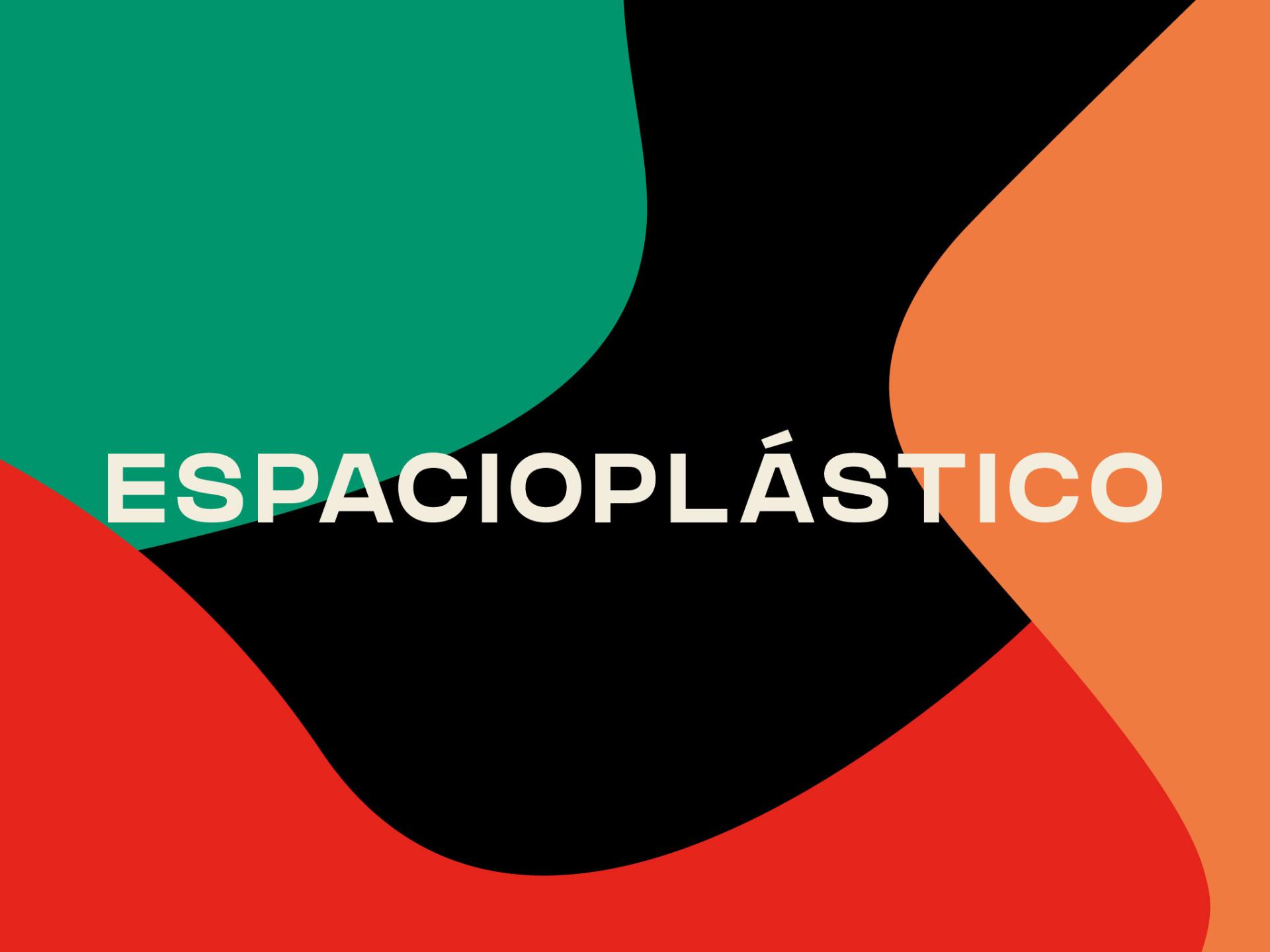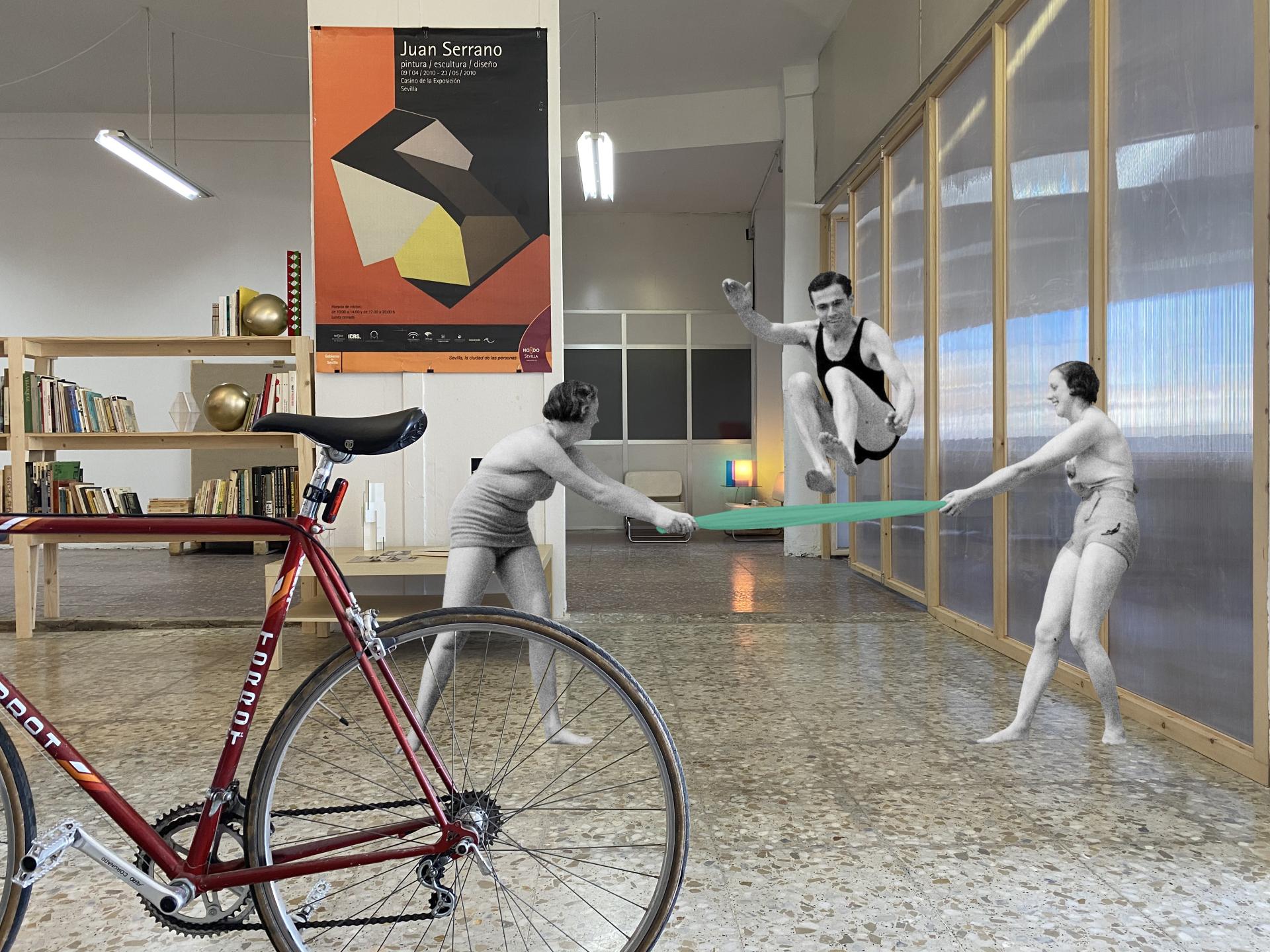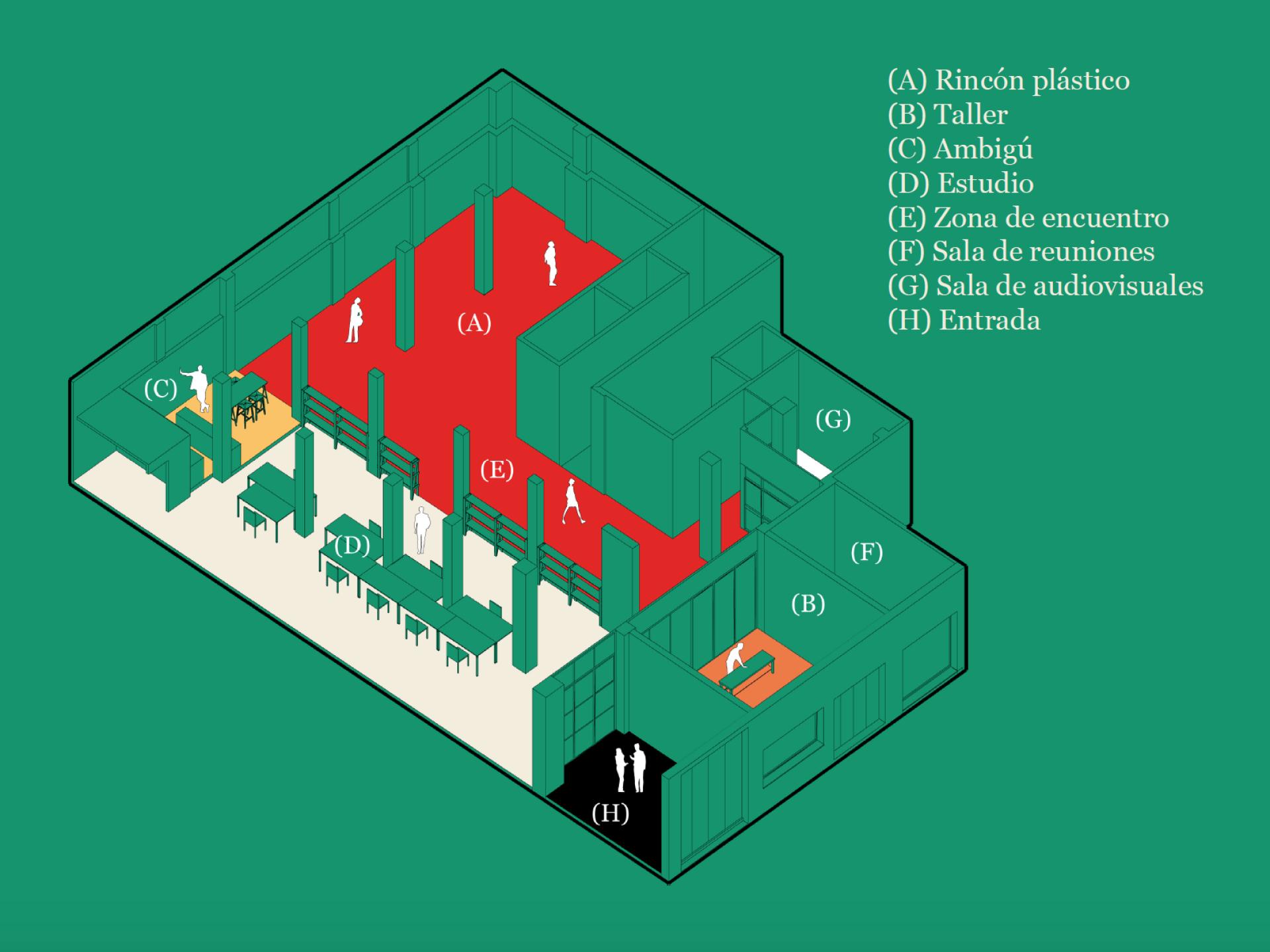Espacioplástico
Basic information
Project Title
Full project title
Category
Project Description
Espacioplástico is a thriving and dynamic place that offers a new way of experiencing art and culture. How is this achieved? Providing people with a space and the necessary resources to materialise their ideas, and fostering the meeting and exchange of experiences, knowledge, disciplines and projects.
Project Region
EU Programme or fund
Description of the project
Summary
Espacioplástico is a thriving and dynamic place in Cordoba that offers a new way of experiencing art and culture. How is this achieved? Providing people with a space and the necessary resources to materialise their ideas, and fostering the meeting and exchange of experiences, knowledge, disciplines and projects.
What are its aims?
- To promote culture and art, both in their hitherto known forms and others that may arise from transdisciplinarity.
- To promote and make local artistic and cultural work visible, turning creators into drivers of social change, and therefore, transforming the city.
- To create a community in which people with the same concerns live together, in which they can share knowledge and experiences that affect both their professional development and personal self-realisation.
Espacioplástico came into being in 2021 from the initial brainchild of a group of creatives as a device to foster creation, understood in an expanded way and beyond the usual plastic disciplines, and to generate links between the people who engage in these activities.
Espacioplástico fits into the category-concept of creation factory.
Espacioplástico is not a one-off phenomenon. It is not understandable without the global movement of the fablabs and the maker culture that, on a planetary level, have introduced a critical political dimension to the consumer society through the democratisation of manufacturing tools and the empowerment of individual creativity for overcoming everyday issues.
Key objectives for sustainability
Espacioplástico proposes three key objectives in terms of sustainability:
- Economic sustainability: As a continuity strategy, the main objective of any initiative of this nature must be its own economic sustainability and autonomy respect to public financing.
- Environmental sustainability: Espacioplástico is a sustainable space, attentive to efficiency and reducing energy consumption. In this sense thanks to the volume of the interior space and the orientation of its main façade, it is a space that dispenses with air conditioning to cope with the harsh summer conditions in southern Spain.
- Promotion of the culture of recycling and the circular economy: Most of the furniture and material resources of the space have been manufactured by hand starting from materials from other products. Espacioplástico is committed to promoting the circular economy, recycling and te second chance for objects and materials through imagination and design.
Key objectives for aesthetics and quality
Espacioplástico is inspired by and recognised through the aesthetic work and legacy of the artistic collective Equipo 57, whose beginnings took place in Paris (1957) and whose most recognizable members were the artists Juan Serrano (1929-2020), José Duarte (1928-2017), Juan Cuenca (1934), Agustín Ibarrola (1930-) and Ángel Duarte (1930-2007), of which the first three shared origin and residence in Cordoba.
Equipo 57 promoted an approach to the process of creating the visual works from the collective and the objective. Its work is framed within the trends of geometric abstraction of the moment, contrasting the processual and the objective against the rise of North American abstract expressionism. The influences of Russian Constructivism and the Bauhaus are clearly visible in its work.
The social function of art and collective creation, as a mechanism to overcome individualism associated with the emerging consumer culture and spectacle of post-war Europe, were critical instruments that were always at the fulcrum of the Team's artistic writings and actions. Perhaps its most pristine crystallisation was the development of the Erlo Chair for the DANONA corporation in 1960, a prototype chair designed to be sold disassembled and that it was the buyer who finalised the assembly, a strategy to reduce production costs and accessibility and democratisation of the design that is the forerunner to the commercial strategy implemented by the Swedish multinational IKEA a decade of the giant.
"The interactivity of the visual space", published in Madrid in 1960 on the occasion of the exhibition in the Sala Darro, represents the most ambitious theoretical writing of Equipo 57. Therein, the members of the Team propose interactivity as a consequence of the unitary conception of matter, that there are no isolated entities in space, but interdependent chromatic-space differentiations.
The name "Espacioplastico" arose from the conceptual debt between Equipo 57's work and the initiative
Key objectives for inclusion
Cordoba is the sole Andalusian city that today boasts two Art Schools, two Music Conservatories, a Dance Conservatory and a Dramatic Art School.
The presence of these centres devoted to artistic teachings, which cover practically the entire spectrum of known creative practices, added to the very nature of the city, with an immeasurable historical-artistic heritage legacy, determines that one of the most evident vocations of a city like Cordoba is to become a reference city for creation.
That spirit fuelled the unsuccessful bid for the European Capital of Culture in 2016. Yet while the creative human substrate remains, Cordoba continues to suffer from backbone structures that make creation possible as a way of life.
Espacioplástico is proposed as that structure. As a place of confluence and encounter and also as a set of shared resources, Espacioplástico fosters a sense of community and network, a strategy for bolstering relationships while generating artistic fabric, and therefore breaking the traditional isolation, amongst the people whose works entail the outpouring of creation and culture in Cordoba.
Espacioplástico is an open and inclusive initiative, committed to allow any creative person to join it regardless of their race, gender, religion or condition. It’s part of the discourse and values of community culture. At present it is part of the Spanish Network of Spaces and Agents of Community Culture (REACC).
Innovative character
The innovative nature of an initiative depends on the context and the place in which it occurs. Cordoba is currently an average city in Andalusia, one of the regions with the lowest GDP per inhabitant in Europe, with one of the highest unemployment rates in Spain (28%). The Cordoba economy depends mostly on agriculture, construction and the service sector, mainly focused on tourism and commerce, in the absence of a solid industry.
Due to its cultural and educational profile, Cordoba has low ratios in terms of patents and intellectual property, per capita expenditure on culture, microproductivity on the internet, sart-ups and level of employment in the creative and cultural sector.
Despite not being a novel initiative, Espacioplástico intends to test an innovative formula based on self-management, autonomy and economic sustainability to support and encourage creative activity in Cordoba.



